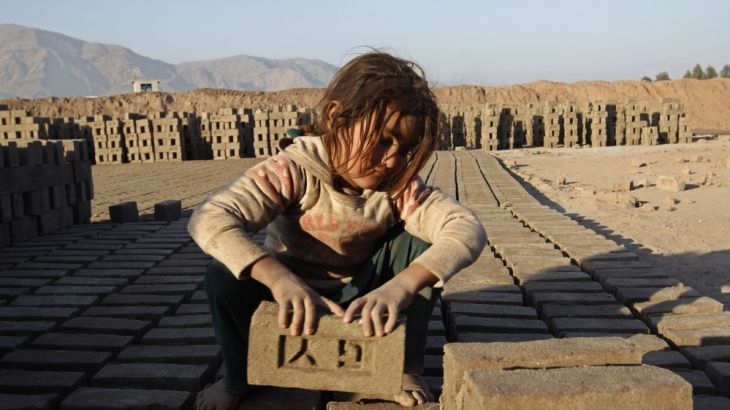
Who’s responsible for child slavery?
This year’s World Day Against Child Labour is focusing on children working in supply chains.
Almost one in 10 children wakes up each morning and goes to work. These children slave away in factories and fields, and as maids and sex workers.
United Nations declarations specifically guarantee the rights of a child to be protected from economic exploitation. But vague laws, or sometimes a complete lack of legislation, mean that millions of children find themselves at work when they should be at school – often in hazardous conditions.
Keep reading
list of 4 itemsCass Review: Feminists accused of being ‘unkind’ have been vindicated
Ten years after Chibok girls kidnapping: One woman’s struggle to move on
Children slide down destroyed Gaza mosque
At least 168 million children around the world work, with more than half of them in dangerous conditions, according to the International Labour Organization.
Almost 80 million children are working in the Asia-Pacific region. That’s equivalent to the entire population of Turkey. And one in five children in Sub-Saharan Africa has a job. That’s almost 60 million children.
The agriculture business is the biggest employer. Sixty percent of child labourers – nearly 100 million children – tend to farms and animals. But a lot of children, around 66 million, are also working in the service and industry sectors.
What does it take to end child slavery?
Presenter: Jane Dutton
Guests:
Simon Steyne – Head of Social Dialogue and Partnerships at the ILO-International Programme on the Elimination of Child Labour.
Hussaini Abdu – Country Director of Plan International Nigeria.
Prabhat Kumar – General Manager of Child protection at Save the Children India.